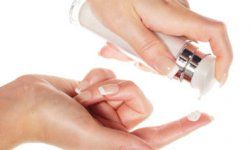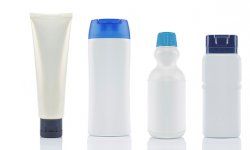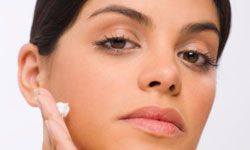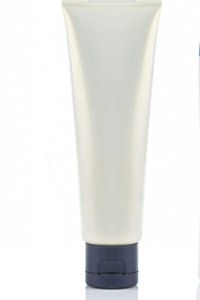When it comes to face moisturizers, the choices are seemingly endless. Drugstores and high-end department stores are packed with creams, moisturizers, serums and more—all promising everything from younger-looking skin to a blemish-free complexion. But what makes one moisturizer different from another? It all comes down to its ingredients.
Packed with any number of substances (and preservatives and additives), not all moisturizers are created equal. Many people rarely check the ingredients label on their beauty products. And it's no wonder— reading the ingredient list of your favorite beauty product can be downright confusing. It's usually packed with unpronounceable names that don't make sense to the common consumer. And opting for the most expensive bottle isn't your best bet – they may simply contain hard-to-get, but ineffective ingredients. To help you cut through the confusion, we talked to dermatologists to come up with the top five ingredients you should look for in your moisturizer. They'll help you save face and reveal your softest, smoothest skin yet.
Advertisement



